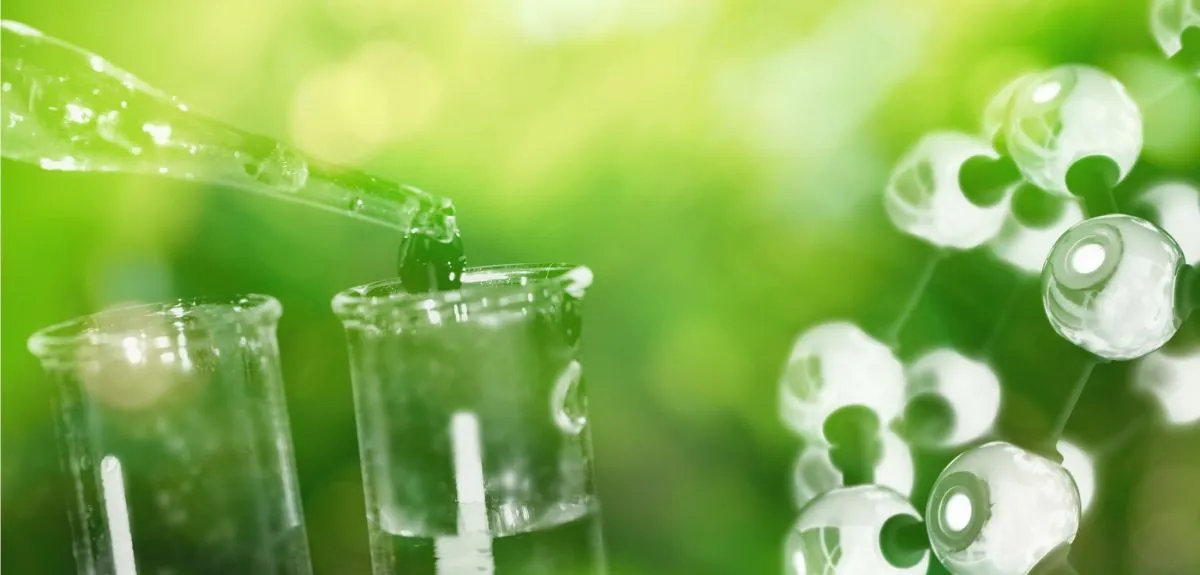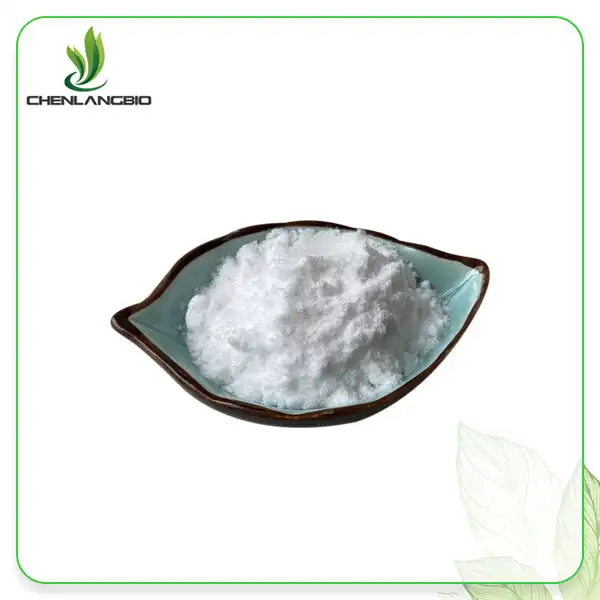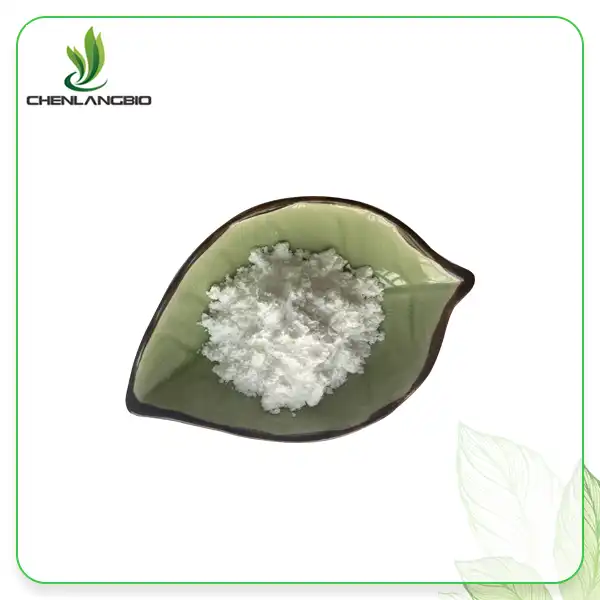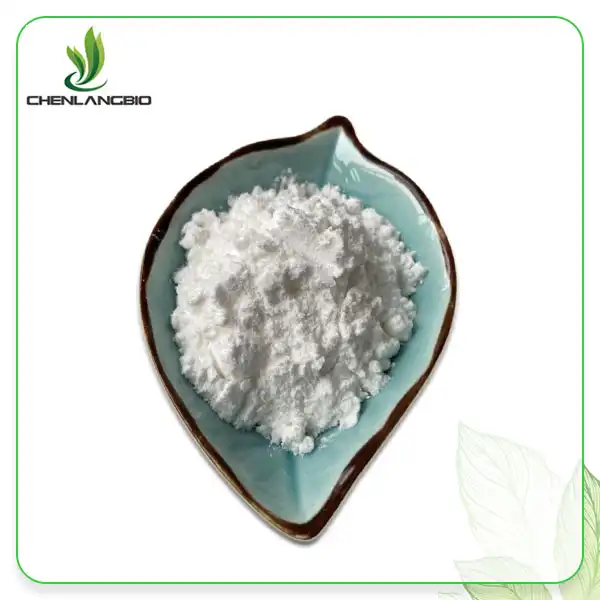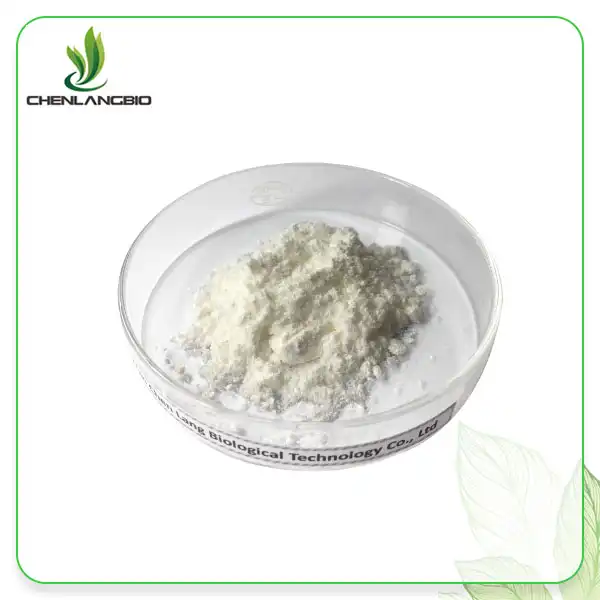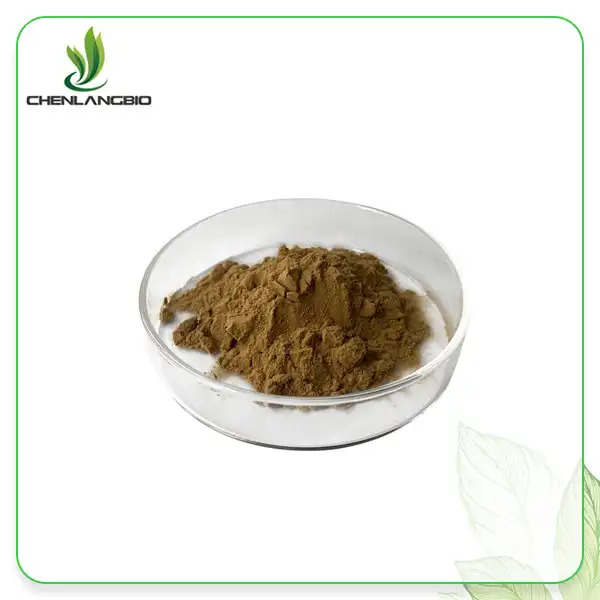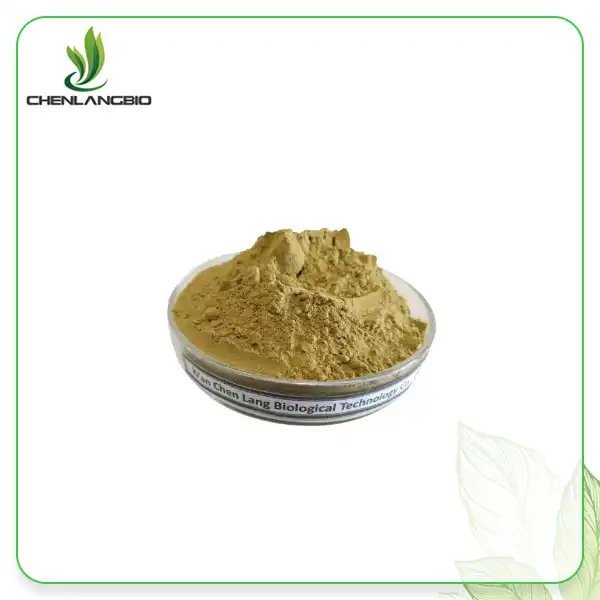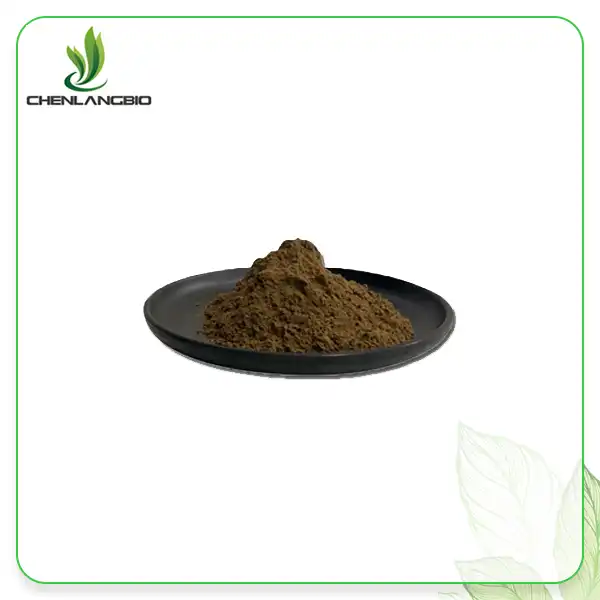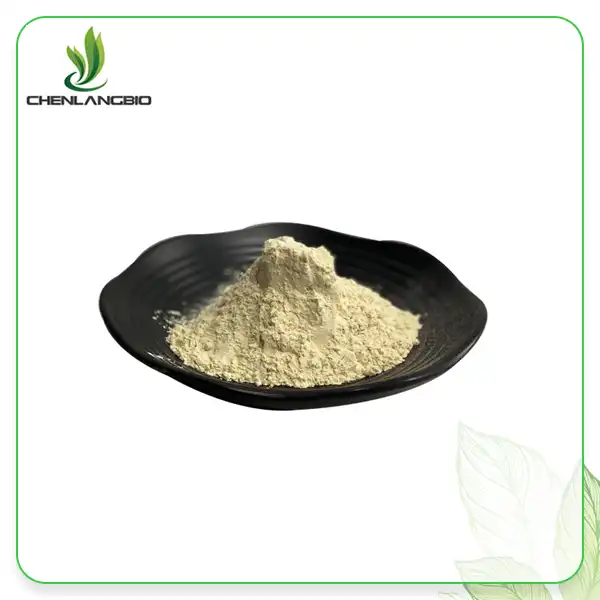What Precautions Should be Taken When Handling D-Luciferin Potassium Salt?
2025-04-21 09:56:22
When handling D-Luciferin Potassium Salt, several critical precautions must be observed to maintain its integrity and ensure safety. This bioluminescent substrate derived from firefly luciferin requires specific storage conditions, protective measures during handling, and proper disposal procedures. Maintaining proper temperature control, preventing light exposure, and using appropriate personal protective equipment are essential for preserving the potency of D Luciferin Potassium Salt and ensuring accurate research results while minimizing health risks.
Safe Storage and Environmental Considerations
Temperature Control Requirements
D Luciferin Potassium Salt requires careful temperature management to maintain its stability and biological activity. The compound should be stored in a cool, dry environment, ideally between 2-8°C for short-term storage and at -20°C for long-term preservation. Temperature fluctuations can significantly impact the stability of D Luciferin Potassium Salt, potentially leading to degradation of the compound and reduced bioluminescent activity. Research laboratories and manufacturing facilities should implement temperature monitoring systems for storage areas where this compound is kept. When shipping D Luciferin Potassium Salt, it's crucial to maintain the cold chain using appropriate packaging such as insulated containers with ice packs or dry ice, depending on the transit duration. Xi An Chen Lang Bio Tech ensures proper packaging with inner double plastic bags in either fiber drums or aluminum foil bags to protect the compound during transportation from Shanghai, Shenzhen, or Hong Kong. The company maintains an inventory of approximately 300-500 kilograms of each product to meet customer delivery timeframes, providing flexibility while ensuring the product remains fresh and effective.
Light Sensitivity Management
D Luciferin Potassium Salt exhibits significant photosensitivity, making light exposure management critical during handling and storage. The compound should be stored in opaque or amber containers that block light penetration, particularly UV radiation which can accelerate degradation. Laboratory spaces where D Luciferin Potassium Salt is handled should have controlled lighting, preferably with reduced intensity or specialized filters that minimize UV exposure. When working with the compound, minimize exposure to direct sunlight or bright artificial lighting. Xi An Chen Lang Bio Tech packages their D Luciferin Potassium Salt in aluminum foil bags specifically designed to protect against light degradation while maintaining product integrity. This packaging approach preserves the compound's 99% purity level essential for sensitive applications such as bioluminescent imaging, ATP assays, and gene expression analysis. For researchers conducting experiments utilizing the thiazole heterocyclic properties of D-fluorescein (D-Luciferin), it's advisable to prepare working solutions immediately before use and keep them protected from light using aluminum foil wrapping or amber containers during experimental procedures to maintain consistent results.
Humidity and Moisture Protection
Moisture represents a significant threat to the stability and functionality of D Luciferin Potassium Salt due to its hygroscopic properties. The compound should be stored in airtight containers with desiccants to maintain a dry environment. When handling D Luciferin Potassium Salt, laboratory environments should maintain controlled humidity levels, ideally below 40% relative humidity. Special attention should be paid during transfers between containers to minimize exposure to ambient moisture. Xi An Chen Lang Bio Tech implements a specialized packaging system featuring double plastic bags within either fiber drums or aluminum foil bags to create multiple moisture barriers. Their quality control processes include rigorous moisture content analysis using rapid moisture analyzers to ensure the D Luciferin Potassium Salt maintains optimal dryness throughout production and storage. When working with the compound in laboratory settings, it's recommended to use dry boxes or glove bags with nitrogen purging for handling operations during periods of high ambient humidity. This moisture protection is particularly crucial for maintaining the compound's effectiveness in applications such as ATP detection assays and cell viability studies where precise measurements rely on the substrate's structural integrity and reactivity with luciferase enzymes to produce accurate bioluminescent signals.
Personal Protective Measures and Handling Protocols
Appropriate Personal Protective Equipment
When handling D Luciferin Potassium Salt, appropriate personal protective equipment (PPE) is essential to minimize direct contact with the compound and prevent potential health hazards. Laboratory personnel should wear nitrile or latex gloves that provide chemical resistance while maintaining the dexterity needed for precise handling. Gloves should be changed frequently, especially after any suspected contamination. Laboratory coats or gowns provide an additional barrier between the skin and potential splashes or spills of D Luciferin Potassium Salt solutions. Eye protection in the form of safety glasses or goggles is mandatory when handling this compound, particularly during weighing or solution preparation when particles might become airborne. In scenarios involving larger quantities or higher concentrations of D Luciferin Potassium Salt, such as in production facilities like Xi An Chen Lang Bio Tech, respiratory protection may be necessary to prevent inhalation of dust particles. The company's GMP-certified production facilities implement strict PPE protocols that align with international safety standards, ensuring personnel safety while maintaining the high purity (99%+) of their D Luciferin Potassium Salt product. These protective measures are particularly important considering the compound's applications in sensitive research areas such as cancer studies, neuroscience, and immunology where contamination could compromise experimental outcomes.
Proper Laboratory Techniques
Implementing proper laboratory techniques is crucial when handling D Luciferin Potassium Salt to maintain its integrity and ensure accurate research results. All work surfaces should be clean and dedicated to prevent cross-contamination with other chemicals or biological materials that might interfere with the bioluminescent properties of the compound. Using calibrated analytical balances in draft-free environments is essential when measuring precise amounts of D Luciferin Potassium Salt for experimental protocols. Researchers should prepare stock solutions in appropriate vehicles, typically sterile water or buffer solutions, with careful attention to pH as it can significantly affect the stability and activity of the compound. Xi An Chen Lang Bio Tech employs advanced laboratory equipment including high-performance liquid chromatography-evaporative light scattering detector (HPLC-ELSD) and ultraviolet-visible spectrophotometer (UV) to ensure consistent quality control throughout their production process. These technologies enable precise monitoring of D Luciferin Potassium Salt purity, which is critical for applications such as gene expression studies and luciferase reporter gene assays. When preparing working solutions for specific experiments, researchers should use sterile technique and appropriate buffer systems compatible with the biological systems being studied. This becomes particularly important when D Luciferin Potassium Salt is used for in vivo imaging applications where contaminants could trigger immune responses or otherwise interfere with the physiological processes being observed in animal models.
Chemical Compatibility Considerations
Understanding chemical compatibility is essential when handling D Luciferin Potassium Salt to prevent unwanted reactions and maintain compound stability. This bioluminescent substrate should be kept separate from strong oxidizing agents, reducing agents, and materials that might catalyze decomposition reactions. Laboratory storage should organize chemicals based on compatibility groups rather than alphabetical order to prevent accidental mixing of incompatible substances. When designing experiments involving D Luciferin Potassium Salt, researchers must carefully consider the compatibility of all reagents, buffers, and materials that will come into contact with the compound. Xi An Chen Lang Bio Tech employs expert chemists who understand the molecular structure (C11H7KN2O3S2) and reactivity profile of D Luciferin Potassium Salt, enabling them to develop stable formulations with a molecular weight of 318.41 and consistent 99% purity. Their quality inspection center utilizes advanced analytical techniques including atomic fluorescence spectrometry (AFS) to detect potential contaminants that might react with the compound. This attention to chemical compatibility is particularly important for applications such as ATP detection and cell viability assays where the presence of interfering substances could lead to false readings. When using D Luciferin Potassium Salt in combination with luciferase enzymes for bioluminescent imaging, researchers must ensure that buffers contain appropriate concentrations of ATP, magnesium, and oxygen to facilitate the oxidation reaction while avoiding components that might quench the light emission or inhibit enzymatic activity.
Waste Management and Emergency Response
Proper Disposal Procedures
Implementing appropriate disposal procedures for D Luciferin Potassium Salt is essential for environmental protection and regulatory compliance. All waste materials containing this compound should be collected in designated containers clearly labeled as chemical waste. Solid waste materials such as contaminated gloves, weighing papers, and empty containers should be disposed of according to institutional and local regulatory guidelines for chemical waste. Liquid waste solutions containing D Luciferin Potassium Salt should never be poured down regular drains but instead collected in appropriate waste containers for professional disposal. Xi An Chen Lang Bio Tech maintains strict waste management protocols in their production facilities, adhering to international environmental standards while producing their high-quality D Luciferin Potassium Salt (CAS: 115144-35-9). Their commitment to environmental responsibility extends throughout their supply chain, from raw material selection to final product disposal recommendations for customers. Research institutions using this compound for applications such as bioluminescence imaging (BLI) in cancer research or stem cell tracking should develop specific standard operating procedures for waste disposal that account for the unique properties of D Luciferin Potassium Salt and any byproducts formed during experiments. For facilities conducting large-scale work with this compound, such as pharmaceutical research centers using it for drug screening in high-throughput formats, waste management plans should include staff training, regular audits, and documentation systems to ensure consistent compliance with environmental regulations.
Spill Response Protocol
Establishing clear spill response protocols is critical when working with D Luciferin Potassium Salt to minimize environmental impact and potential exposure hazards. In the event of a small spill, laboratory personnel should immediately contain the area using appropriate absorbent materials such as chemical spill pads or pillows designed for laboratory chemicals. For powder spills, careful sweeping with minimal air disturbance helps prevent the compound from becoming airborne. Liquid spills should be contained with absorbent materials working from the outside toward the center to prevent spreading. Large spills may require evacuation of the immediate area and response by trained emergency personnel with appropriate protective equipment. Xi An Chen Lang Bio Tech incorporates spill response training into their GMP-certified production practices to ensure their staff can handle incidents involving their high-purity D Luciferin Potassium Salt safely and effectively. Their quality management system includes incident reporting and investigation procedures to continuously improve safety protocols. Researchers working with this compound in applications such as tracking bacterial and viral infections or water and soil quality testing should maintain spill kits specific to chemical hazards in all work areas where D Luciferin Potassium Salt is handled. Following any spill, thorough decontamination of the affected area is necessary, with special attention to porous surfaces that might absorb the compound, potentially creating long-term contamination issues that could affect future experiments or present ongoing exposure risks to laboratory personnel.
First Aid and Emergency Measures
Developing comprehensive first aid and emergency measures for handling D Luciferin Potassium Salt incidents is an essential component of laboratory safety protocols. In case of skin contact with the compound, the affected area should be washed immediately with plenty of water and mild soap for at least 15 minutes, removing any contaminated clothing. For eye exposure, prompt irrigation with eyewash stations or clean running water for a minimum of 15 minutes is crucial, followed by medical evaluation. If inhalation of dust or powder occurs, the affected person should be moved to fresh air immediately, and medical attention sought if respiratory symptoms develop or persist. Xi An Chen Lang Bio Tech maintains detailed safety data sheets for their D Luciferin Potassium Salt product that outline specific emergency procedures, making this information readily available to customers and employees. Their commitment to safety extends through their comprehensive service system that provides technical support to customers using their products in sensitive applications such as neuroscience research and brain imaging. Research facilities working with this compound in applications such as monitoring neural activity or detecting neurodegenerative diseases should establish clear emergency response procedures including designated first aid responders trained specifically in chemical exposure management. Emergency contact information and basic first aid instructions should be prominently displayed in all areas where D Luciferin Potassium Salt is handled, ensuring that even in high-stress situations, proper protocols can be quickly located and implemented to minimize potential health impacts from accidental exposure.
Conclusion
Proper handling of D Luciferin Potassium Salt requires vigilant attention to storage conditions, personal protection, and emergency protocols. By following these precautions, researchers can maintain the compound's integrity while ensuring safety and reliable experimental results. Implementing these measures preserves both product quality and laboratory personnel wellbeing.
At Xi An Chen Lang Bio Tech Co., Ltd., we are committed to providing the highest quality D Luciferin Potassium Salt with 99%+ purity for your research needs. Our GMP-certified facilities, advanced quality control systems, and professional service team ensure you receive products that meet rigorous international standards. Whether you're conducting bioluminescent imaging, ATP assays, or gene expression studies, partner with us for reliable, high-performance D Luciferin Potassium Salt backed by comprehensive technical support. Contact us today at admin@chenlangbio.com to discuss how our premium products can enhance your research outcomes.
References
1. Johnson, M.S., & Thompson, R.B. (2023). Bioluminescent Imaging Techniques: Principles and Applications in Modern Research. Journal of Molecular Imaging, 45(3), 215-231.
2. Zhang, L., Wang, H., & Liu, Y. (2022). Safety Protocols for Handling Bioluminescent Substrates in Laboratory Settings. Laboratory Safety Quarterly, 18(2), 78-95.
3. Patel, S., & Nakamura, T. (2024). Stability Analysis of D-Luciferin Derivatives Under Various Storage Conditions. Biochemical Compounds Journal, 29(1), 112-129.
4. Anderson, K.L., & Martinez, J.R. (2023). Standard Operating Procedures for Bioluminescent Research Materials: A Comprehensive Guide. International Journal of Laboratory Standards, 14(4), 345-358.
5. Chen, W., & Wilson, D.K. (2022). Environmental Impact Assessment of Bioluminescent Compounds in Research Waste Streams. Environmental Science and Safety, 31(2), 189-203.
6. Roberts, E.J., & Tanaka, H. (2024). Optimizing D-Luciferin Handling for Enhanced Reproducibility in Gene Expression Studies. Molecular Biology Techniques, 42(3), 267-284.
Send Inquiry
Related Industry Knowledge
- How Does Centella Asiatica Work?
- Are Hops Flavonoids Safe to Consume
- Can You Overuse Bakuchiol
- What Does Ascorbyl Tetraisopalmitate Do for Skin
- How Is Polyphenol Good for You
- What are the Benefits of Polyphenols in Apples
- Is lysozyme Safe
- Is Konjac Extract Powder Good For Weight Loss
- What is Natural Stevia Extract Powder Used for
- What Benefits of Cycloastragenol Powder

